Robert Demachy was a French Pictorial photographer of the late 19th and early 20th century. He is best known for his intensely manipulated prints that display a distinct painterly quality. He was influenced by the Impressionist painters and spent most of his time making photographs and developing his theories on photography, both technical and aesthetic.
Léon-Robert Demachy was born in Saint-Germain-en-Laye, on the outskirts of Paris, on 7 July 1859. His family was very wealthy which meant that he had no need to earn a living, and there is no record of his having ever been employed anywhere. His early years were quite idyllic, and each year his family would spend several months at their summer villa near Villers-sur-Mer in Normandy. The rest of the year he was educated in Jesuit schools in Paris, and he became fluent in English by the time he was a teenager. His education also included extensive musical lessons, and he became an accomplished violin player. He dropped the first part of his name in his childhood and was always known as “Robert”.
About 1870, Demachy, his mother and his siblings left Paris for Brussels due to the increasing dangers of the Franco-Prussian War. His father stayed in Paris as part of the Commune and the Banque Demachy played an important role in financing the resistance efforts.
When he turned eighteen Demachy briefly served a year as an army volunteer, but he soon returned to his life of comfort. In the mid-1870s he began frequenting the artists’ cafés and, perhaps in rebellion to his gentrified life, he became involved in the growing bohemian culture that was beginning to take hold in Paris. He began making sketches of café patrons and people on the street, a practice he continued throughout his life.

Sometime in the late 1870s he began experimenting with photography. He devoted as much time and money to this endeavour as he wanted and he quickly became highly proficient with a camera. For the next thirty years he devoted all of his time to both taking photographs and writing extensively about photography. In 1882, Demachy was elected to the Société française de photographie, where he interacted with some of the leading photographers in Europe. Within a few years he became frustrated with the conservative views of many of the photographers around him, and in 1888 he joined with Maurice Bucquet to form the new Photo-Club de Paris. The members of the Photo-Club advocated the aesthetics of Pictorialist photography, and soon the Photo-Club was playing a similar role in France as that of the Photo-Secession in the U.S.
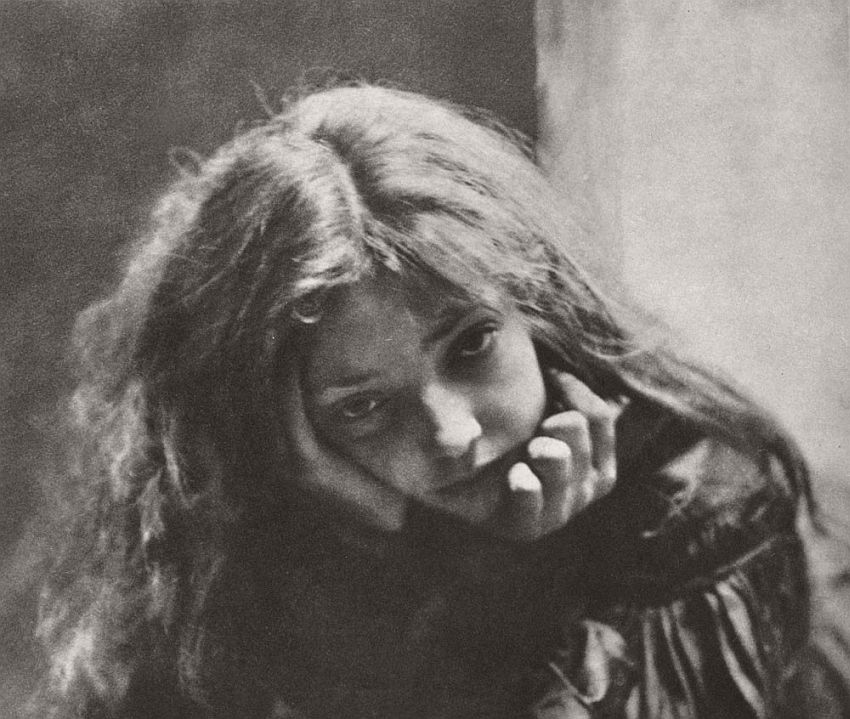
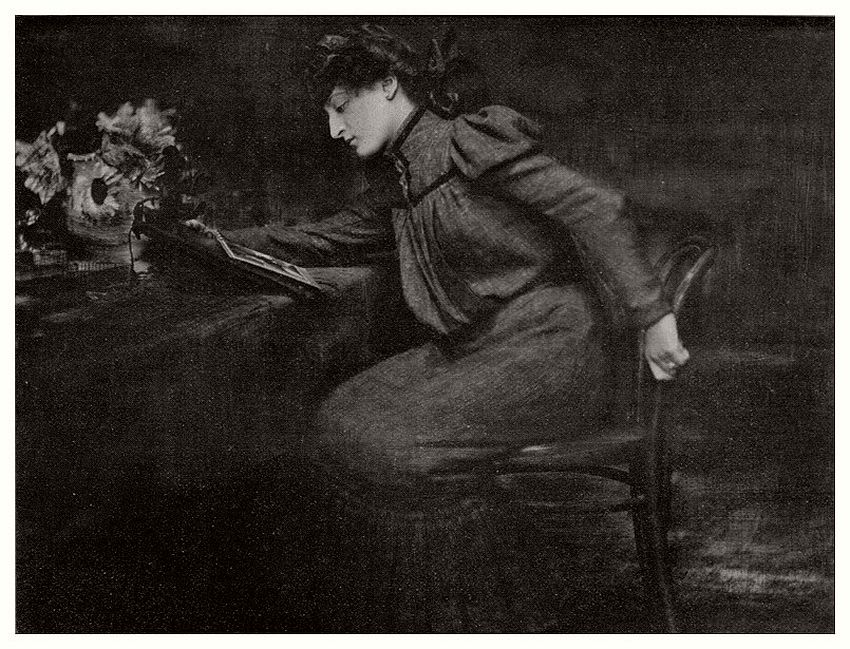
In 1894, he began to use the gum bichromate printing process recently introduced by A. Rouillé-Ladevèze at the Paris Salon. He developed a style that relied upon heavy manipulation of the image both during the development of the negative and again while printing. As he experimented with the process he wrote about his findings and about the aesthetics of the gum print, helping to popularise it among French photographers. Later that year he, along with Constant Puyo, Le Begue and Bucquet, helped organise the first Paris Salon founded on the artistic principles of the Photo-Club de Paris.
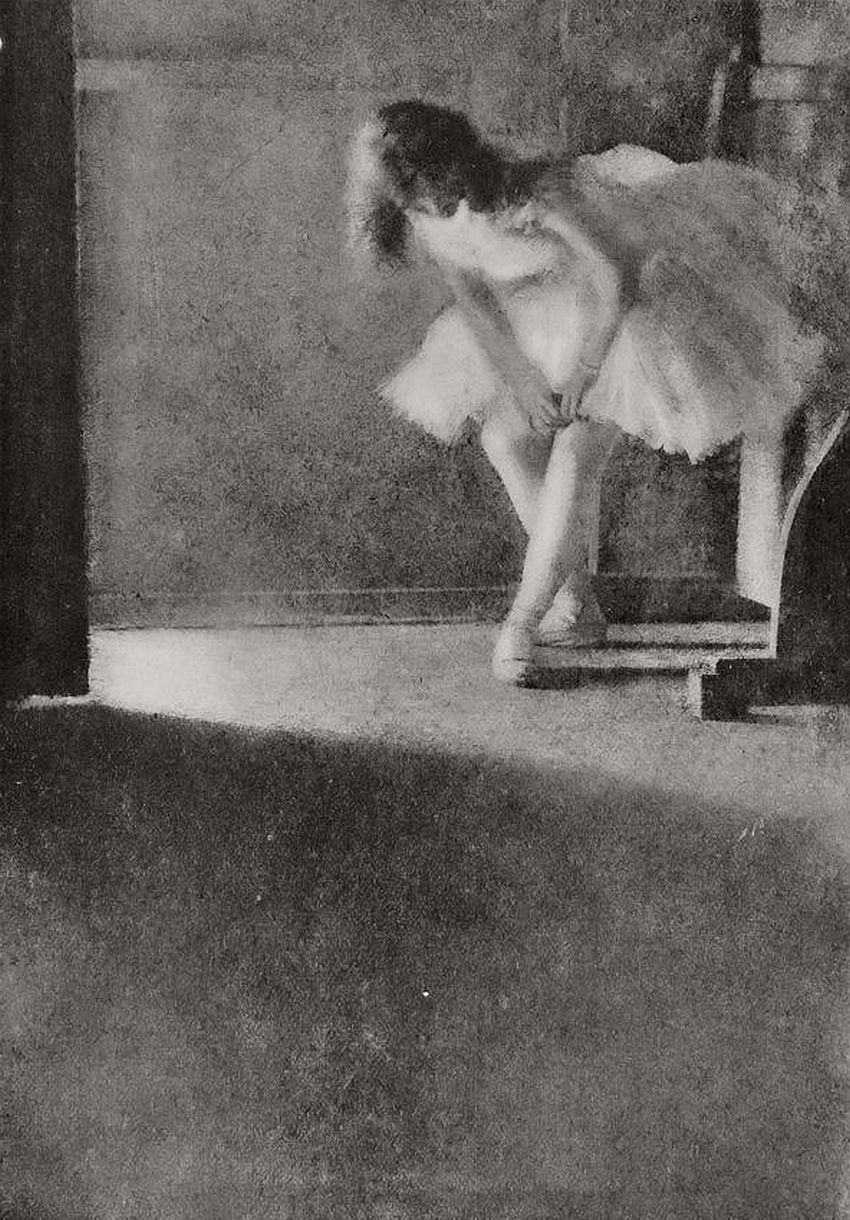
This helped to promote his increasingly international status, and later that same year he was elected to The Linked Ring in London.
In 1897, he published his first book, with co-author Alfred Maskell, Photo-aquatint or Gum Bichromate Process (London: Hazell, Watson & Vinery)
In 1898 he began corresponding with Stieglitz, often complaining about the lack of true artistic photography in France. The two would continue writing each other for more than fifteen years.
He had his first exhibition of gum prints in 1895 at the Photo-Club de Paris, which helped to promote his increasingly international status: the same year he was elected to The Linked Ring in London and made an honorary member of the Royal Photographic Society.
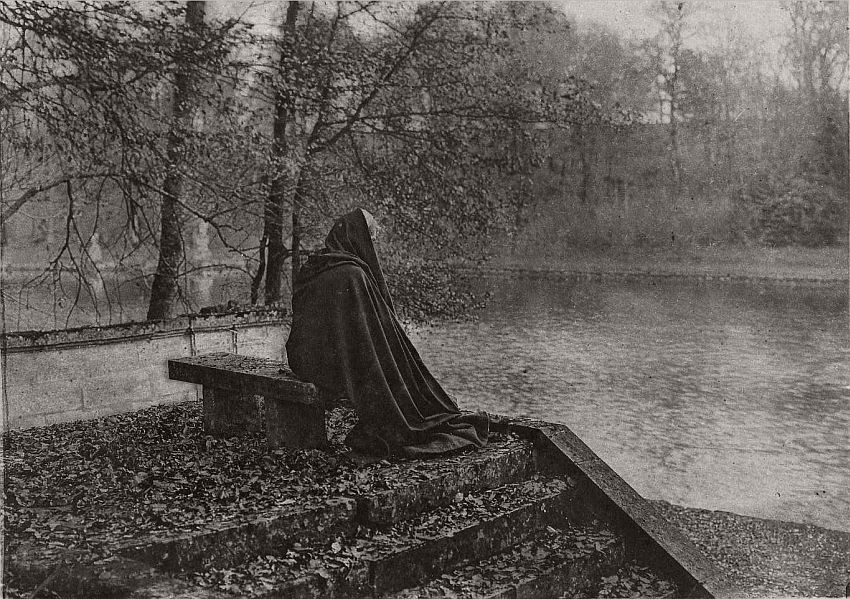
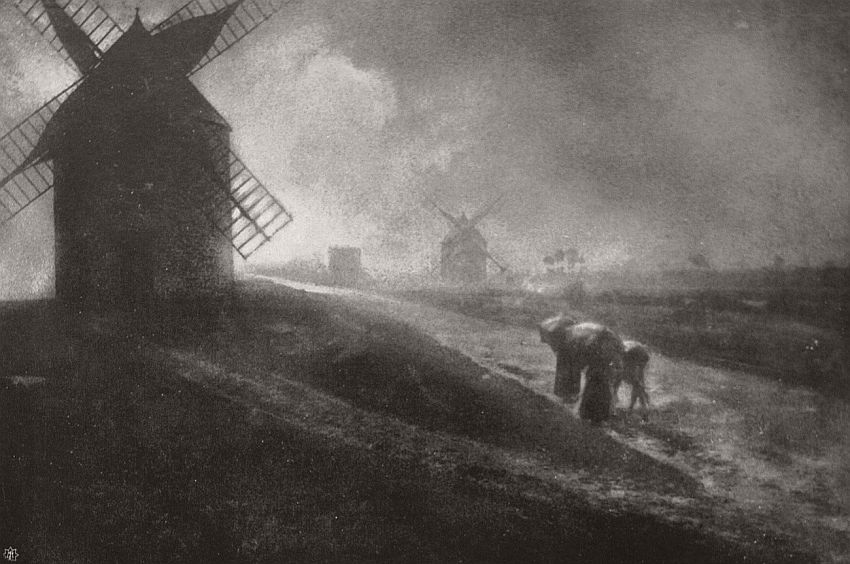
Robert Demachy was considered by many to be the most influential Pictorialist photographer across the whole of Europe. Since he was a man of independent means, he was able to focus completely on photography and international travel for it. He was also a strong advocate of gum bichromate to enhance Pictorialist photography, for which he coined the term ‘ Photo-Aquatint’ associating it with intaglio printmaking. It is obvious when studying his work closely that his enjoyment of this process was from the artistic freedom it gave him. His gum prints were very successful, with their greatly softened detail quite deliberately reminiscent of impressionist art.
Demachy became a strong and vocal defender of manipulated printing techniques. He is most famous for the prominent brushstrokes and rough-textured papers. Although these were greatly manipulated, he was able to bring an air of naturalism and poise to his work.
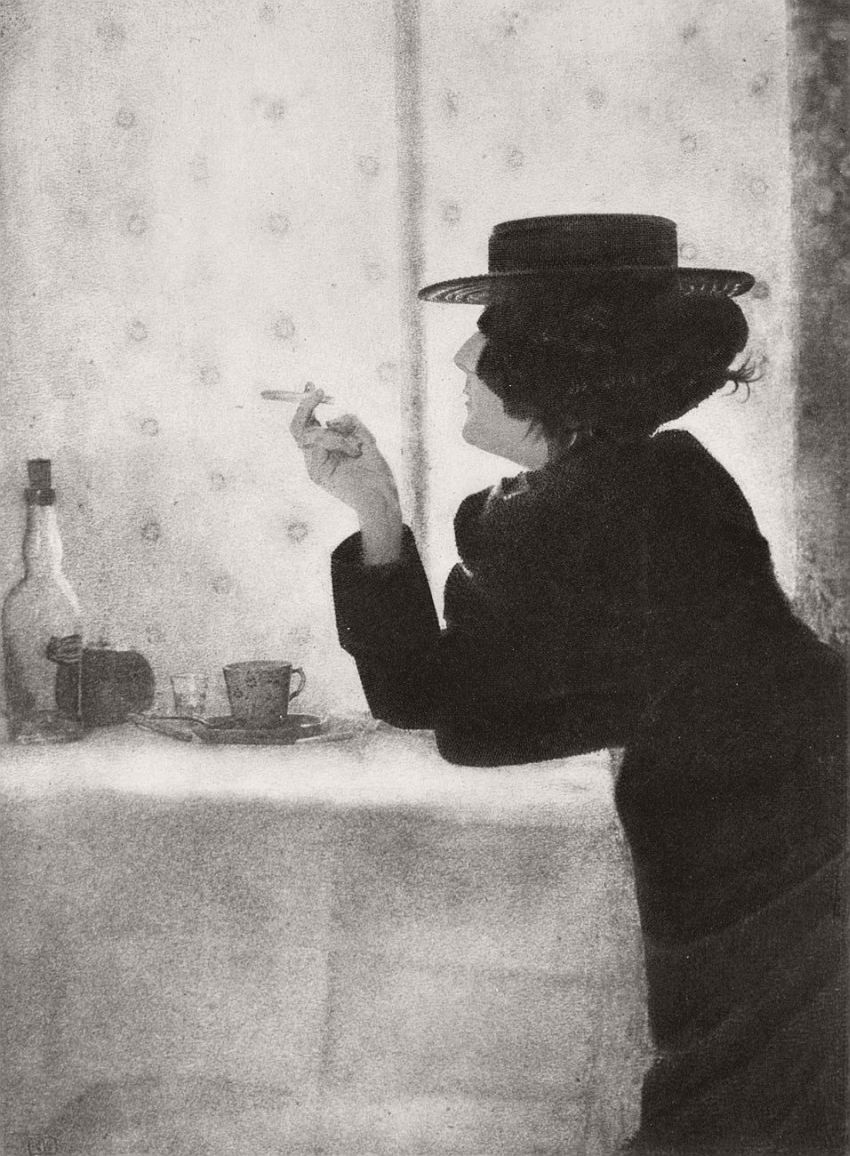
Robert Demachy was a leader in French Pictorialist photography at the turn of the last century. He was elected to the Société française de photographie in 1882 and co-founded the Photo-Club de Paris with Maurice Bucquet in 1888.
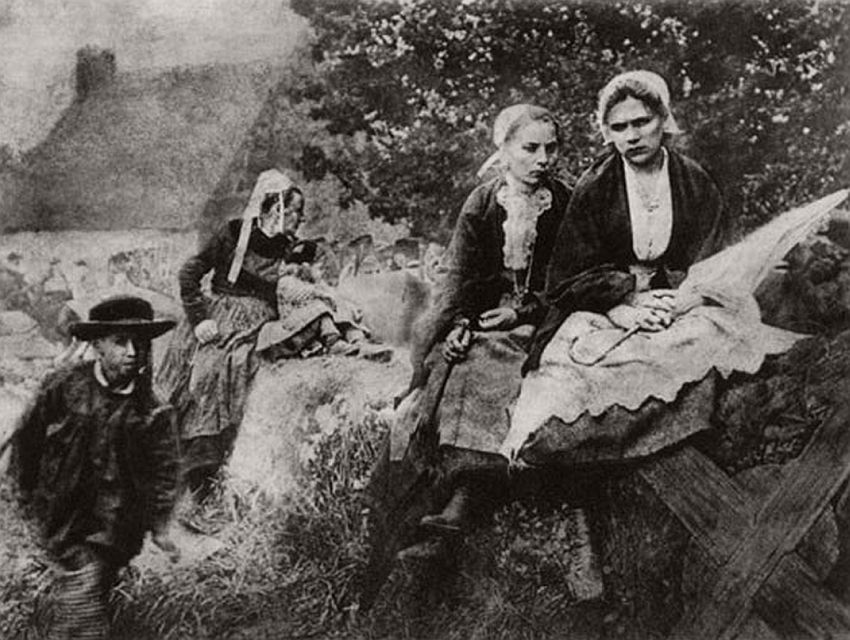
Without notice or explanation, Demachy suddenly gave up taking photographs in early 1914. He never again touched a camera, even refusing to take snapshots of his grandchildren. No one was ever able to extract any reason from him for this sudden change, and it remains a mystery to this day. The timing of his decision coincides with the beginning of World War I in Europe, but there is no indication that he was adversely affected by these events. He continued to make sketches, and at one point he reported that he was amused that he had been questioned as a possible spy when he was drawing pictures near Le Havre. He also exhibited some photographs after 1914 and occasionally wrote brief articles.
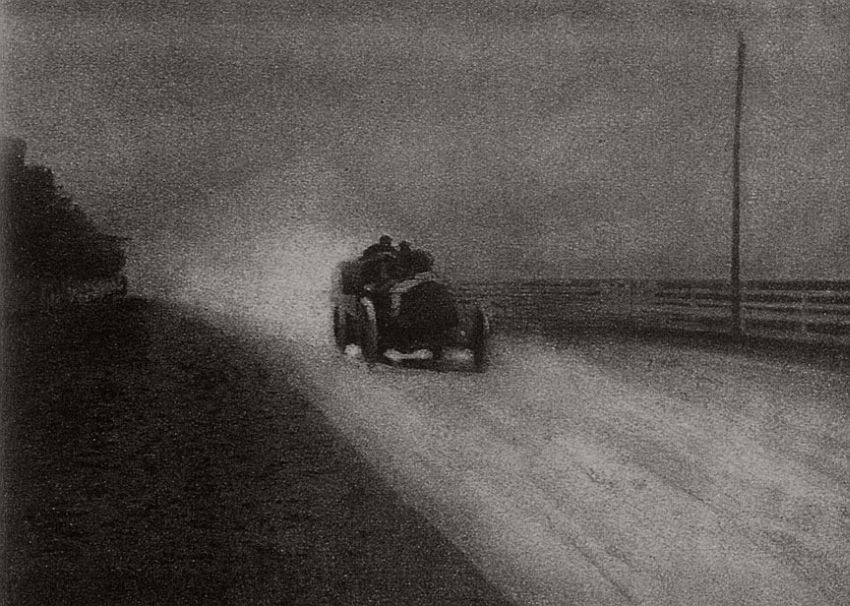
Just before his death he destroyed most of his sketches and gave any remaining photographs to the Royal Photographic Society and the Photo-Club de Paris.
Demachy died of arteriole sclerosis in Hennequeville, Normandy, on 29 December 1936. He was buried two days later in the family tomb at Père Lachaise Cemetery in Paris.
The Banque Demachy still exists today but is no longer connected to the original family. The family mansion at 13 Rue François Premier was for many years the Paris headquarters of Christian Dior.
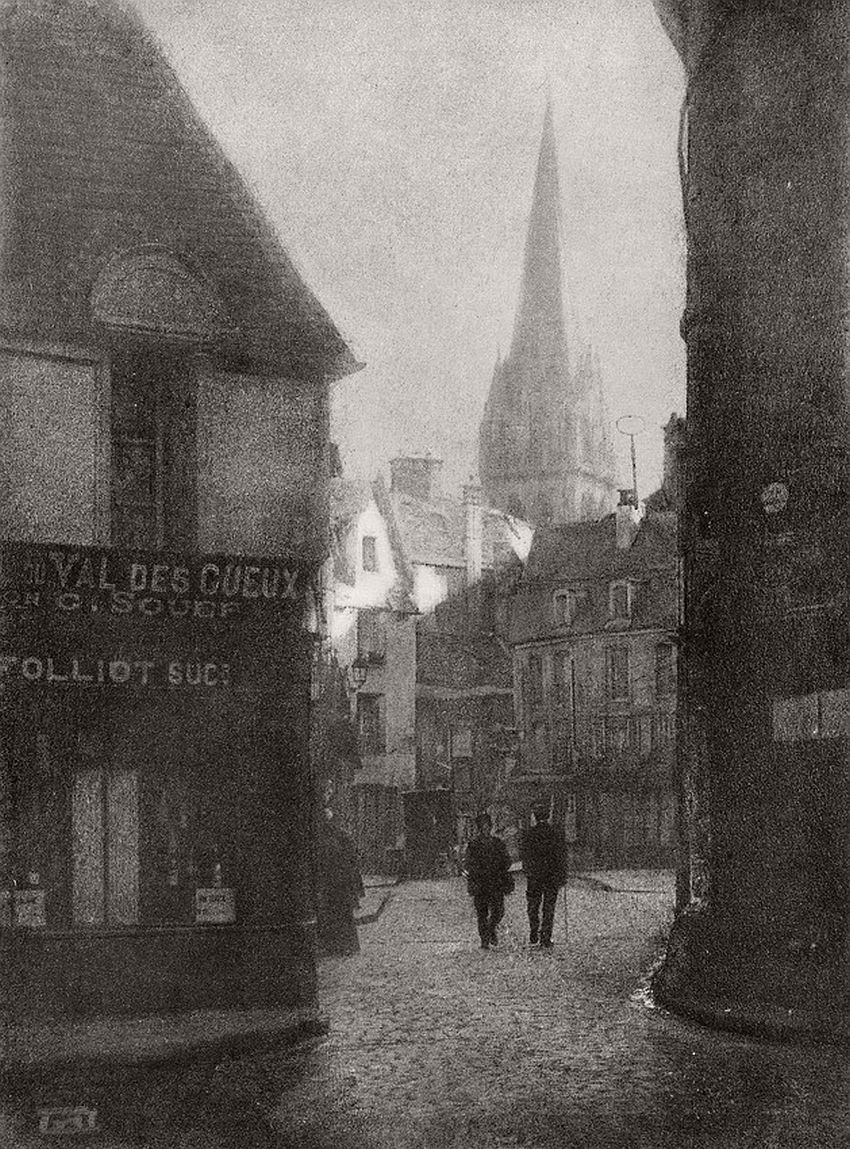
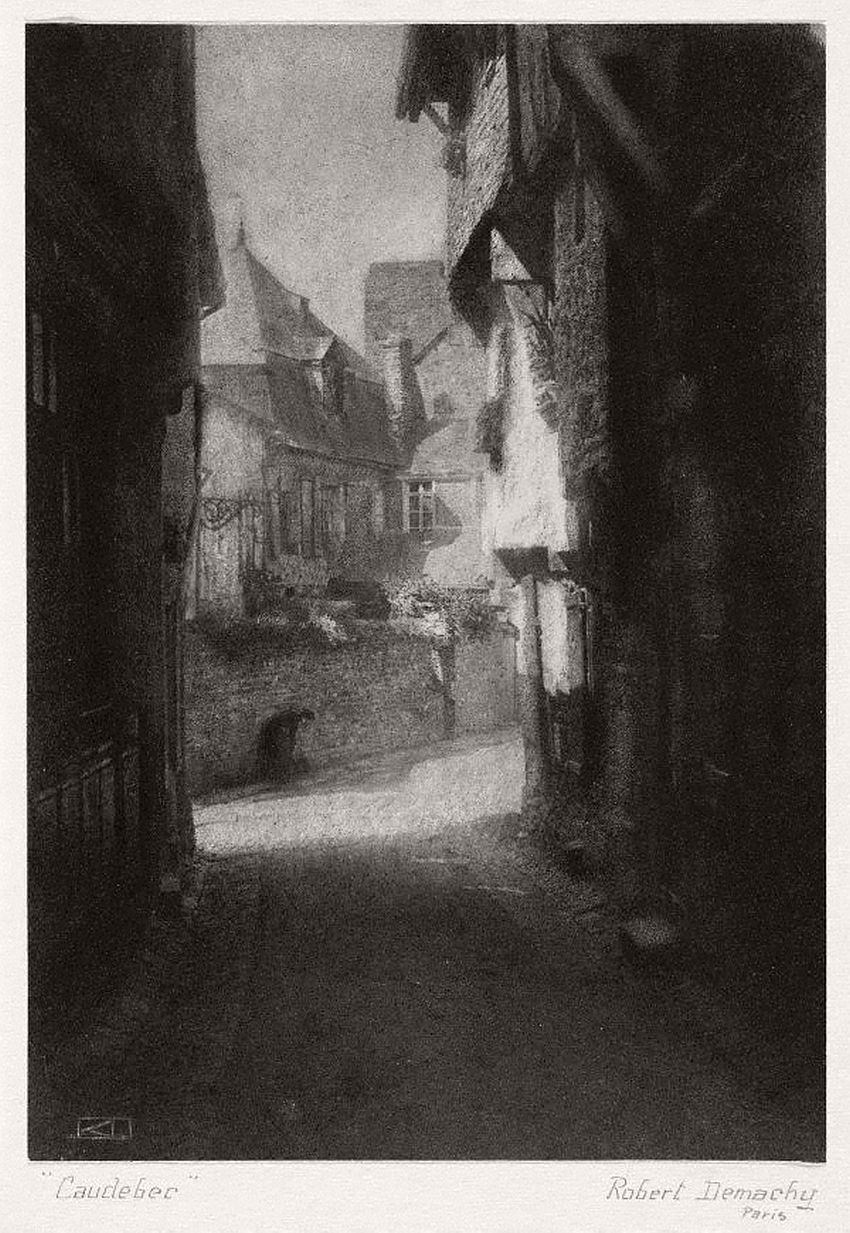
Fascinating Pamela, thank you!!!!
Thanks Barry